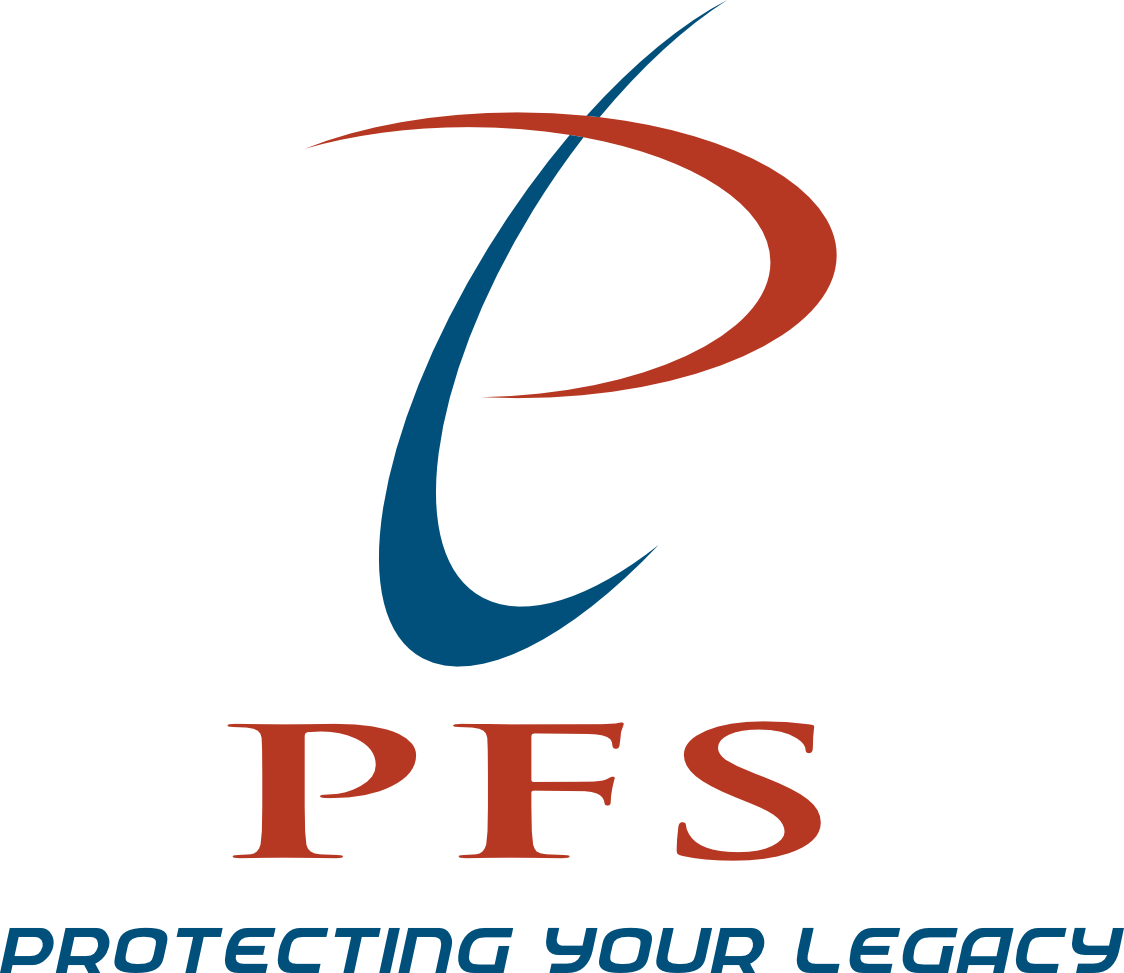Life Insurance. Are You Covered?
Which type of life insurance is best for you? The answer depends on a variety of factors, including how long you need coverage for, how much you want to pay and whether you’re looking for a life insurance policy that builds cash value over time.


Term Life Insurance
This type of policy typically is sold in coverage lengths of 10, 15, 20, 25 or 30 years. Temporary coverage

Whole Life Insurance
This type of policy typically lasts until your death, as long as you pay the premiums. Builds cash value.

Universal Life Insurance
Typically lasts until your death, as long as you pay the premiums and fulfull any other requirements.
Term life insurance
How it works: Term Life Insurance is typically sold in lengths of one, five, 10, 15, 20, 25 or 30 years. Coverage amounts vary depending on the policy but can go into the millions based on your income an other factors. Term life insurance locks in the same price for the length of the policy. “Annual renewable” term life is a one-year policy that renews every year. Annual policies can be useful if you have short-term debts or need coverage for a brief period of time. During the term length up until you reach the end of the term most companies will provide a conversion option but this is not a guarantee. Conversions allow you to exchange your term policy for a permanent policy without providing evidence of insuranability or going through the underwriting process.
-
Pros: It’s often the lest expensive, and it’s sufficient for most people.
-
Cons: If you outlive your policy, your beneficiaries won’t receive a payout.
Whole life insurance
How it works: Whole Life Insurance is typically lasts until your death, as long as you pay the premiums. It’s the closest thing to “set it and forget it” life insurance. Typically your premiums stay the same, you get a guaranteed rate of return on the policy’s cash value, and the death benefit amount doesn’t change. These policies often have an option to pay for 20 years or to age 65 so you don’t have to pay on the policy for life. In short you can pay off your policy early. Again every policy doesn’t come with this option.
-
Pros: It covers you for your entire life and builds cash value.
-
Cons: It’s typically more expensive than term life, so if you’re looking for low cost insurance, you might want to explore other options.
Variable life insurance
How it works: The cash value in variable life insurane is tied to investment accounts, such as bonds and mutual funds. Variable life insurance premiums are typically fixed and the death benefit is guaranteed, regardless of how the market fares. When considering a policy like this, please consider a fee-only advisor — a financial planner who doesn’t earn commissions based on product sales — as they can help you select the best one.
-
Pros: There is potential for considerable gains if your investment choices do well. You can take partial withdrawals from the cash value or borrow against it.
-
Cons: It requires you to be hands-on in managing your policy as the cash value can change daily based on the market. Fees and administrative charges are deducted from your payment before going toward the cash value.
Universal life insurance
Guaranteed universal life insurance
How it works: With guaranteed universal life, the death benefit is guaranteed and your premiums won’t change. There’s typically little to no cash value within the policy, and insurers demand on-time payments. Think of it as a permanent term policy. You can choose the age to which you want the death benefit guaranteed, such as 95, 100, or 121.
-
Pros: Due to the minimal cash value, it’s cheaper than whole life and other forms of universal life insurance.
-
Cons: Missing a payment could mean you forfeit the policy. And since there’s no cash value in the policy, you’d walk away with nothing.
Indexed universal life insurance
How it works: Indexed Universal Life links the policy’s cash value component to a stock market index like the S&P 500. Your gains are determined by a formula, which is outlined in the policy.
-
Pros: You can access cash value, which grows over time. And you may see considerable gains if the stock market performs well. Within limits, your payments and death benefit amount are flexible.
-
Cons: Due to investment caps, the cash value doesn’t take full advantage of stock market gains. Plus, these policies are often more work than a term or whole life product, as the investments require monitoring.
Participation rate: The policy will dictate how much your cash value “participates” in any gains. For example, if your participation rate is 80% and the S&P 500 goes up 10%, you get an 8% return. If the index goes down, you won’t lose cash value; you’ll just get zero rate of return. Some policies offer a small guaranteed interest rate in case the market goes down.
Cap on gains: Your cash value gains are subject to a cap. So if the index goes up 20% and your cap is 10%, you’ll get only a 10% return.
Death benefit and flexible premiums: Some policies let you adjust your death benefit as your family’s needs change. Within limits, you can also decrease your premiums or skip a payment, as long as your cash value covers the costs. If you’re skipping payments and you don’t have enough cash value to cover the costs, your policy could lapse.
